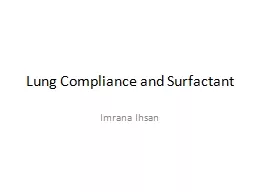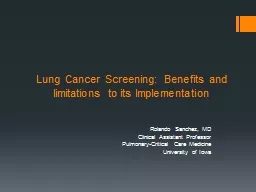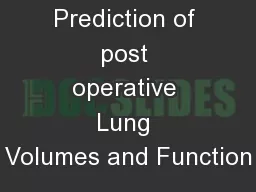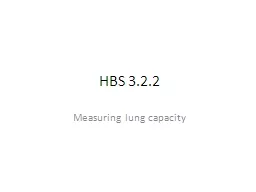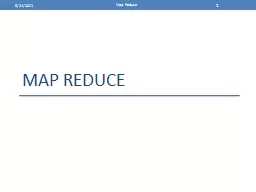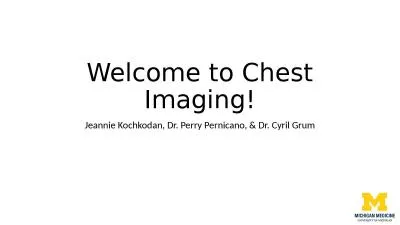PPT-What are V20 and V5 and how do we reduce dose to normal lung?
Author : stefany-barnette | Published Date : 2019-10-31
What are V20 and V5 and how do we reduce dose to normal lung Dr Anusheel Munshi Senior Consultant Radiation Oncology Fortis Memorial Research Institute Gurgaon anusheelmunshifortishealthcarecom
Presentation Embed Code
Download Presentation
Download Presentation The PPT/PDF document "What are V20 and V5 and how do we redu..." is the property of its rightful owner. Permission is granted to download and print the materials on this website for personal, non-commercial use only, and to display it on your personal computer provided you do not modify the materials and that you retain all copyright notices contained in the materials. By downloading content from our website, you accept the terms of this agreement.
What are V20 and V5 and how do we reduce dose to normal lung?: Transcript
Download Rules Of Document
"What are V20 and V5 and how do we reduce dose to normal lung?"The content belongs to its owner. You may download and print it for personal use, without modification, and keep all copyright notices. By downloading, you agree to these terms.
Related Documents


